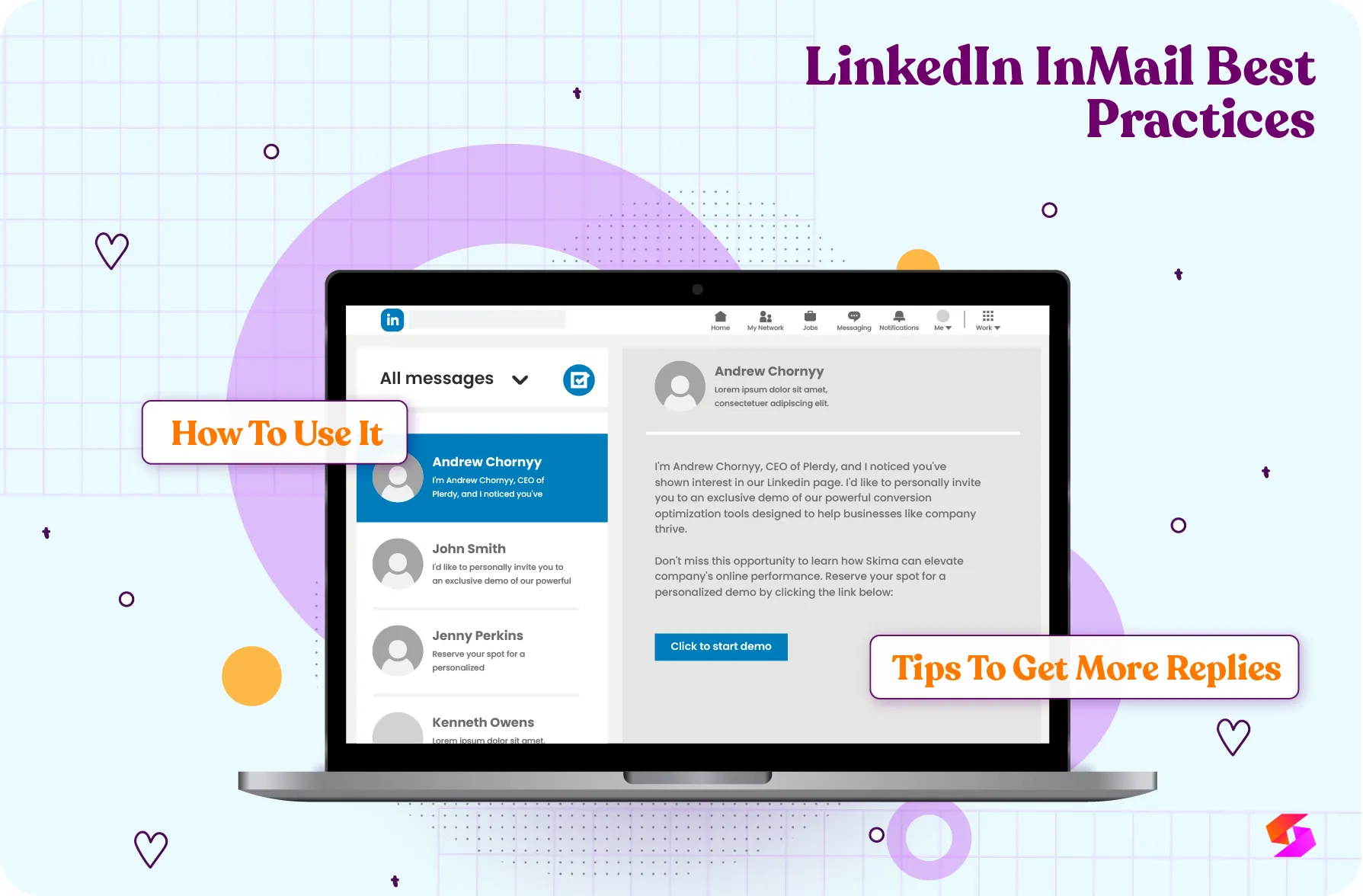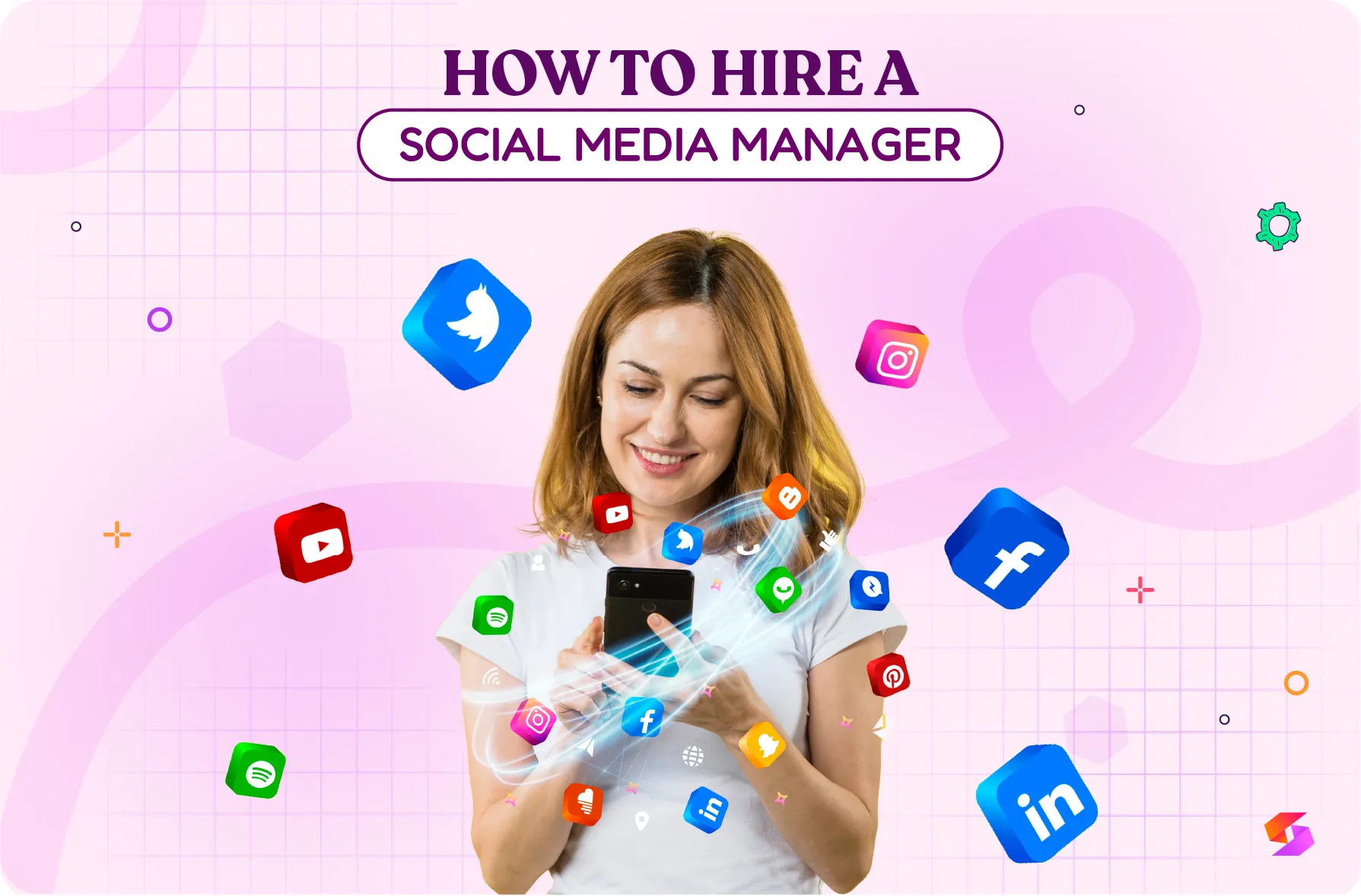Let’s agree on one thing - the next phase of recruitment will be, without a doubt, powered by artificial intelligence. Do you need assistance in building unbiased recruitment strategies or is objectively identifying the right candidates from a large database difficult? Let AI-powered recruitment tools do the heavy lifting for you.
With the pool of skilled talents shrinking and diversity at the workplace becoming a must, recruiting is increasingly growing more competitive and challenging for modern-day talent acquisition specialists. Traditional hiring techniques can no longer support the changing hiring techniques. Thus, with the advent of artificial intelligence recruiting you can finally make better hiring decisions, close jobs faster, and grow quickly. But how do you do that?
Adapting to any new technology is difficult. This quick guide helps you with tips and considerations for making a transition from your current hiring practices to artificial intelligence recruiting.
How AI Is Shaping Recruitment?
Recruitment has been among the few industries that have quickly adopted artificial intelligence. From the initial stages of sourcing candidates or the final onboarding, Artificial Intelligence recruiting is becoming integral to every stage of the hiring process. By streamlining several laborious aspects and taking over a majority of the administrative tasks that recruiters are forced to execute, Artificial intelligence (AI) tools are reshaping the recruitment process, adventuring in improved outcomes.
Recruiters and hiring managers are quickly adapting to AI recruiting tools that are proving to save time, enhance efficiency, and reduce the overall cost and time to hire. With most tasks occupied by AI tools, recruiters have more time to interact with candidates and make strategic decisions.
In addition to saving time and increasing efficiency, Artificial intelligence recruiting can reduce bias in the recruitment process. The Amazon AI Hiring fiasco of 2015 opened our eyes to the importance of mitigating bias. The new-age AI algorithms are trained to be unbiased. It analyzes a candidate solely by their qualifications, skills, and their relevance to the job role. Not only conscious but unconscious biases that affect hiring decision-making are being solved with artificial intelligence recruiting.
Next, with AI, recruiters can find the best candidates faster using predictive analytics. AI looks at past hires and job data to predict who will do well in certain roles. This helps companies hire better and make stronger teams.
Overall, leveraging AI in recruitment processes can lead to improved efficiency and better outcomes. According to a survey by LinkedIn, 67% of talent professionals believe AI recruiting tools help them save time. Furthermore, a study by Harvard Business Review found that organizations using AI in recruiting saw a 50% increase in the quality of candidates.
As technology continues to advance and AI becomes more capable, its role in the hiring process will only become more prominent.
7 Simple Steps to Transition to AI Recruitment
If you are making your first transition to AI recruitment here are seven simple steps to guide your transition:
Understand your hiring needs
First, analyze your recruitment strategy. Define your goals, like boosting diversity or speeding up hiring while improving candidate quality. For example, to increase diversity, aim to eliminate bias in screening. Use AI tools to screen candidates fairly and efficiently.
Choose the KPIs you need to track
Determine the key performance indicators (KPIs) that align with your hiring objectives. These may include metrics like time-to-fill, cost-per-hire, and candidate quality. For example, if reducing time-to-fill is a priority, focus on implementing AI tools that streamline candidate sourcing and screening processes. It’s necessary to identify KPIs tailored to your company’s current hiring demands. Once identified, you can monitor it throughout the recruitment journey.
Set a budget
Evaluate your financial resources and allocate a budget for investing in AI recruiting software. Consider factors such as subscription fees, implementation costs, and potential ROI. Research conducted by Deloitte found that companies spend an average of $4,000 per hire on recruiting, highlighting the significance of budget planning in AI adoption. Budgeting will help you in choosing the right AI tools that not only assists you in hiring but doesn’t hinder your company expenses.
Choose an AI tool
Select an AI recruiting tool that aligns with your specific hiring needs and budget constraints. For instance, if screening candidates consumes a significant amount of recruitment time, consider employing an AI resume screening tool. Tools like Skima utilize AI and machine learning to analyze candidate information and rank top candidates for a job role from your database.
Use your AI tool and measure improvement
Implement the chosen AI tool into your recruitment workflow and monitor its impact on your selected KPIs. Track metrics such as candidate sourcing efficiency, interview-to-offer ratio, and candidate satisfaction. According to a survey by LinkedIn, 76% of recruiting professionals believe AI tools enhance the candidate experience, underscoring the importance of measuring improvement post-implementation.
Train your hiring team
It's essential to equip your team with the necessary skills to utilize the tool effectively to fully harness the benefits of artificial intelligence recruiting. Conduct comprehensive training sessions to ensure that recruiters and hiring managers understand how to use the AI software in real time. Further, interpret the insights for these tools, and integrate them into the employee's workflow. By empowering employees with the knowledge and expertise to leverage AI tools, you enhance their productivity and decision-making capabilities, leading to more successful recruitment outcomes.
Integrate your ATS with AI tool
Seamless integration between your Applicant Tracking System (ATS) and AI tool is critical for optimizing recruitment processes. Integration facilitates smooth data flow between systems, eliminating manual data entry and minimizing errors. Thus, make sure the AI tool you choose can effortlessly integrate with your existing ATS.
Integrating AI into your ATS lets you get AI insights right in your system, making candidate management easier. For instance, an AI resume tool can pull data from your ATS, match it with the job, and screen candidates fast. This integration creates a smooth recruitment process, boosting productivity and effectiveness.
Adapting to artificial intelligence recruiting can help simply several steps in the recruitment process. The sooner you transform your recruitment strategies with AI, the faster you will notice an increased ROI and enhanced overall productivity.
FAQs
What is artificial intelligence recruiting?
Artificial intelligence recruiting seeks to solve recruiting problems with AI. Whether it’s AI resume screening tools to discover qualified candidates faster or automated interview chatbots, artificial intelligence can substantially streamline several tasks, majorly administrative, to help recruiters make more strategic decisions and discover potential candidates quickly.
Which AI tools do recruiters use?
Based on their specific needs, recruiters can use AI tools at varied stages of the process. For example - Skima for accurate resume screening of top talents and creating job descriptions , Paradox for automated conversations and Hirevue for interviewing.



